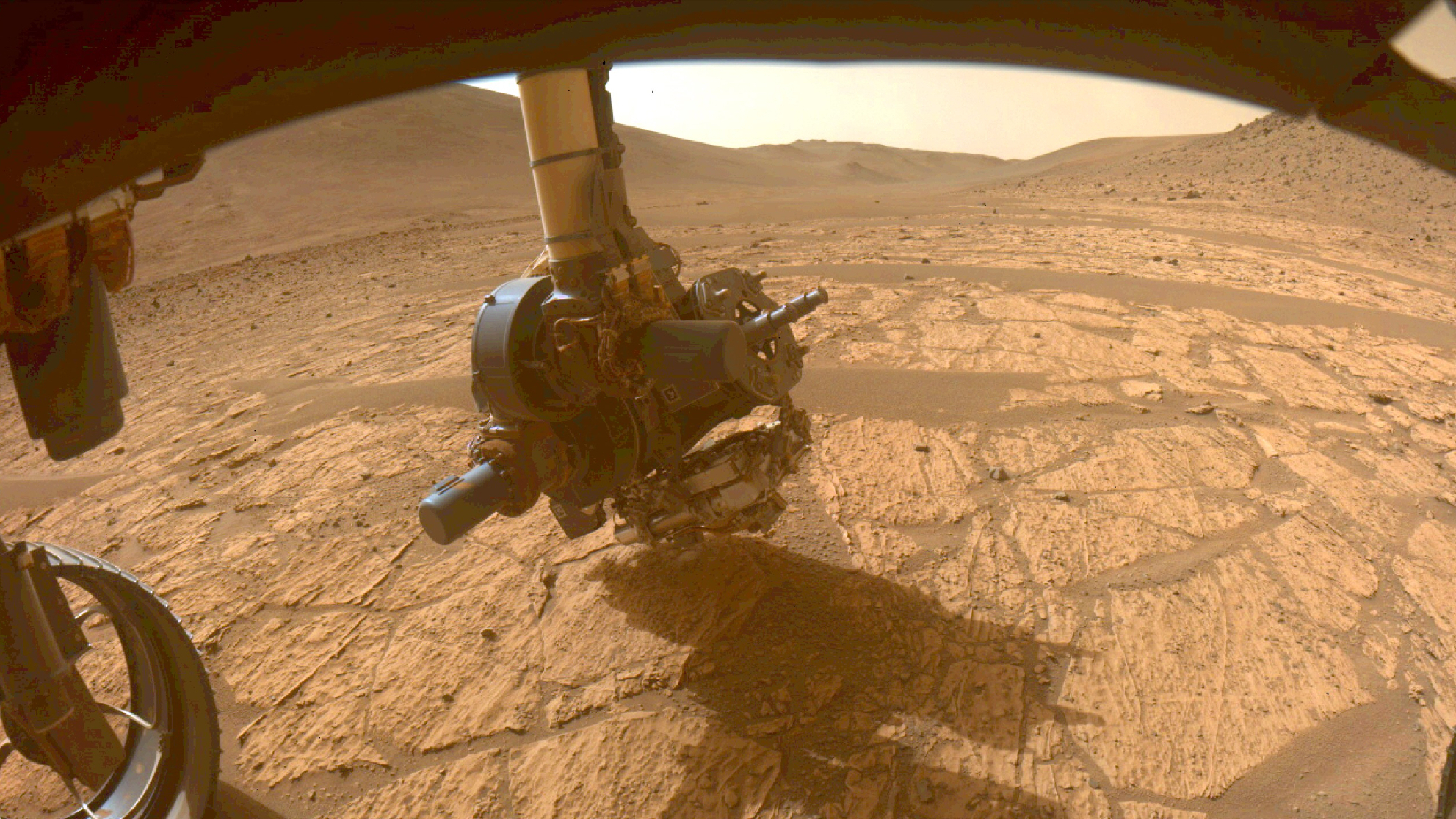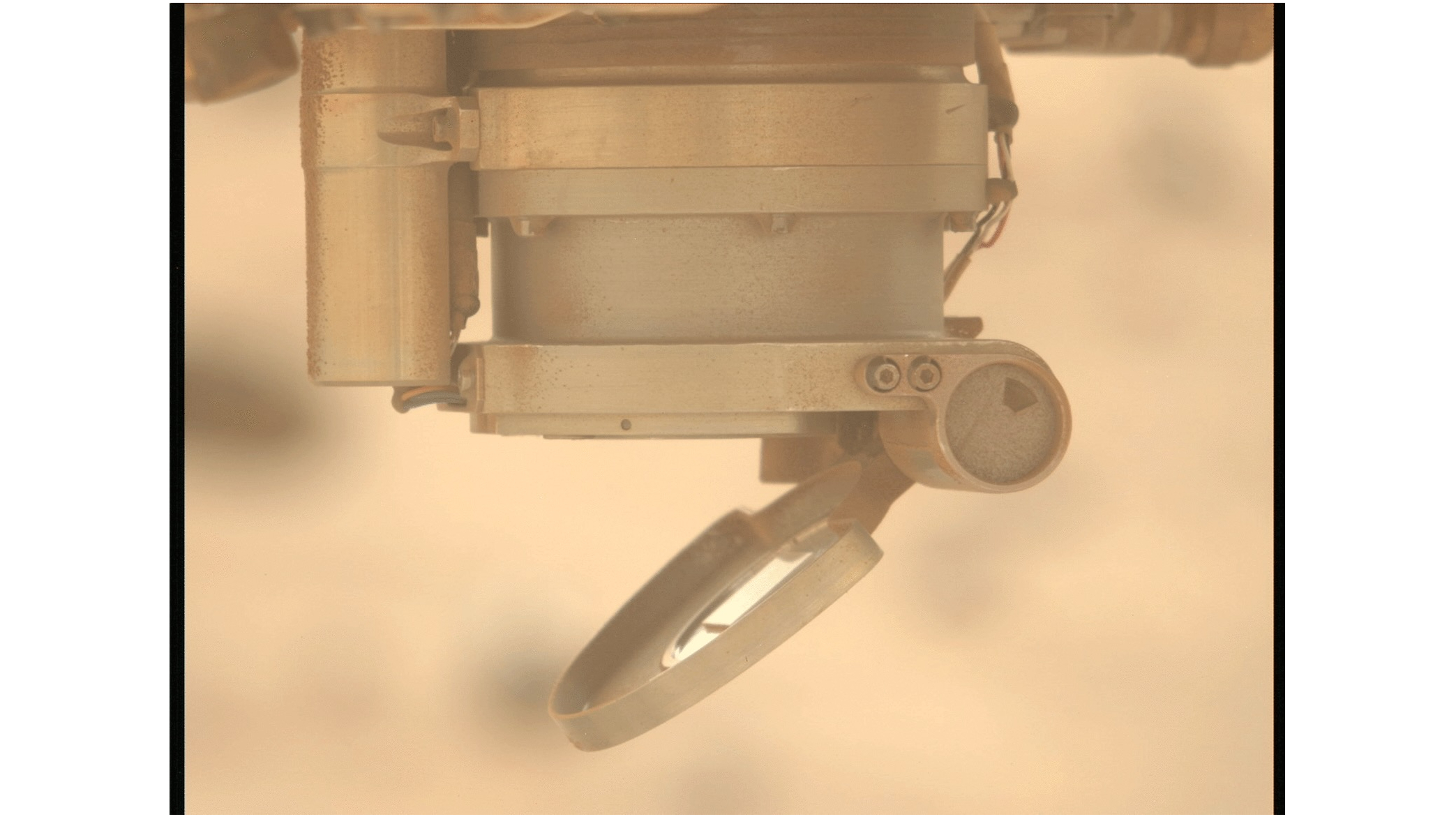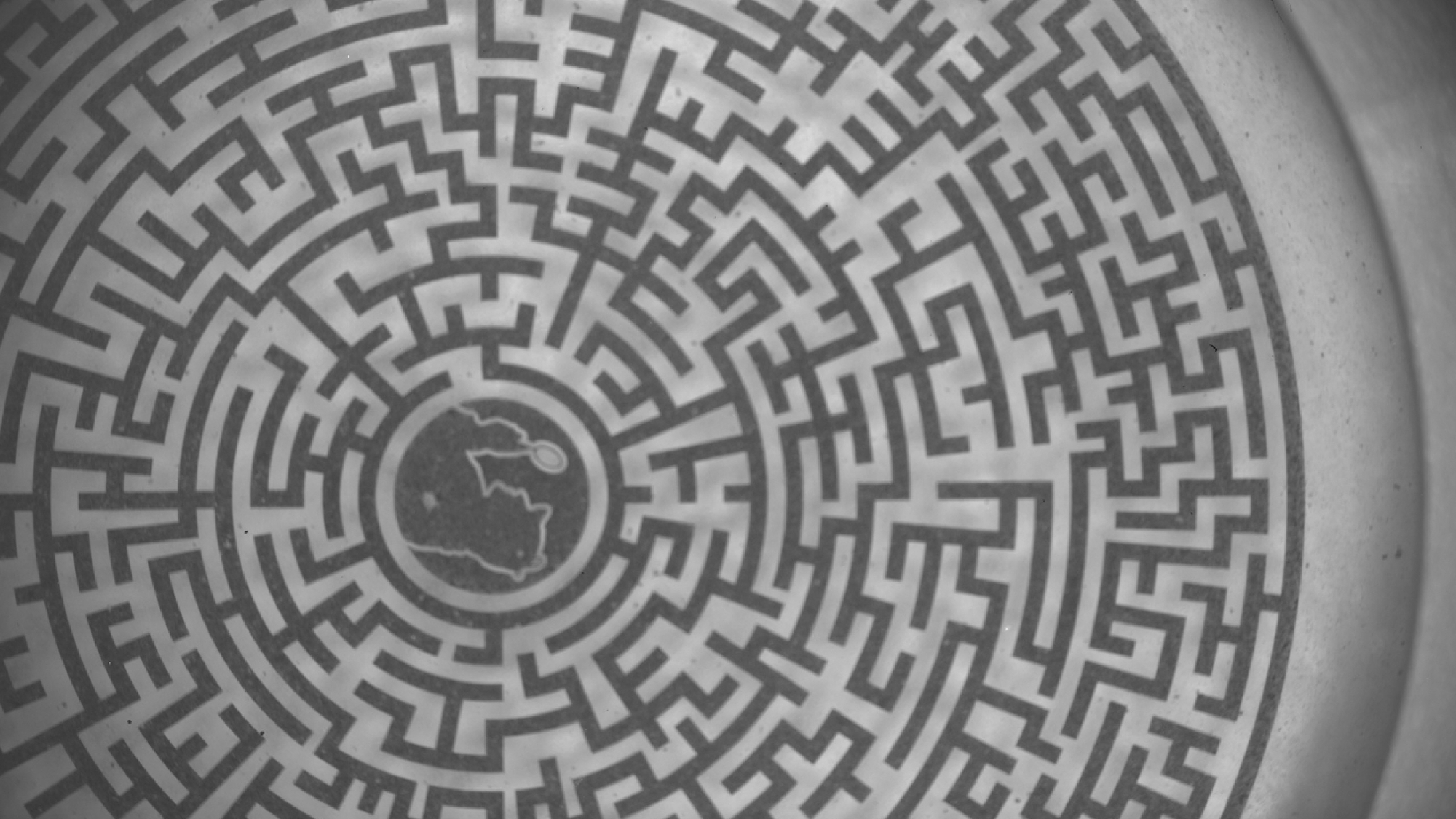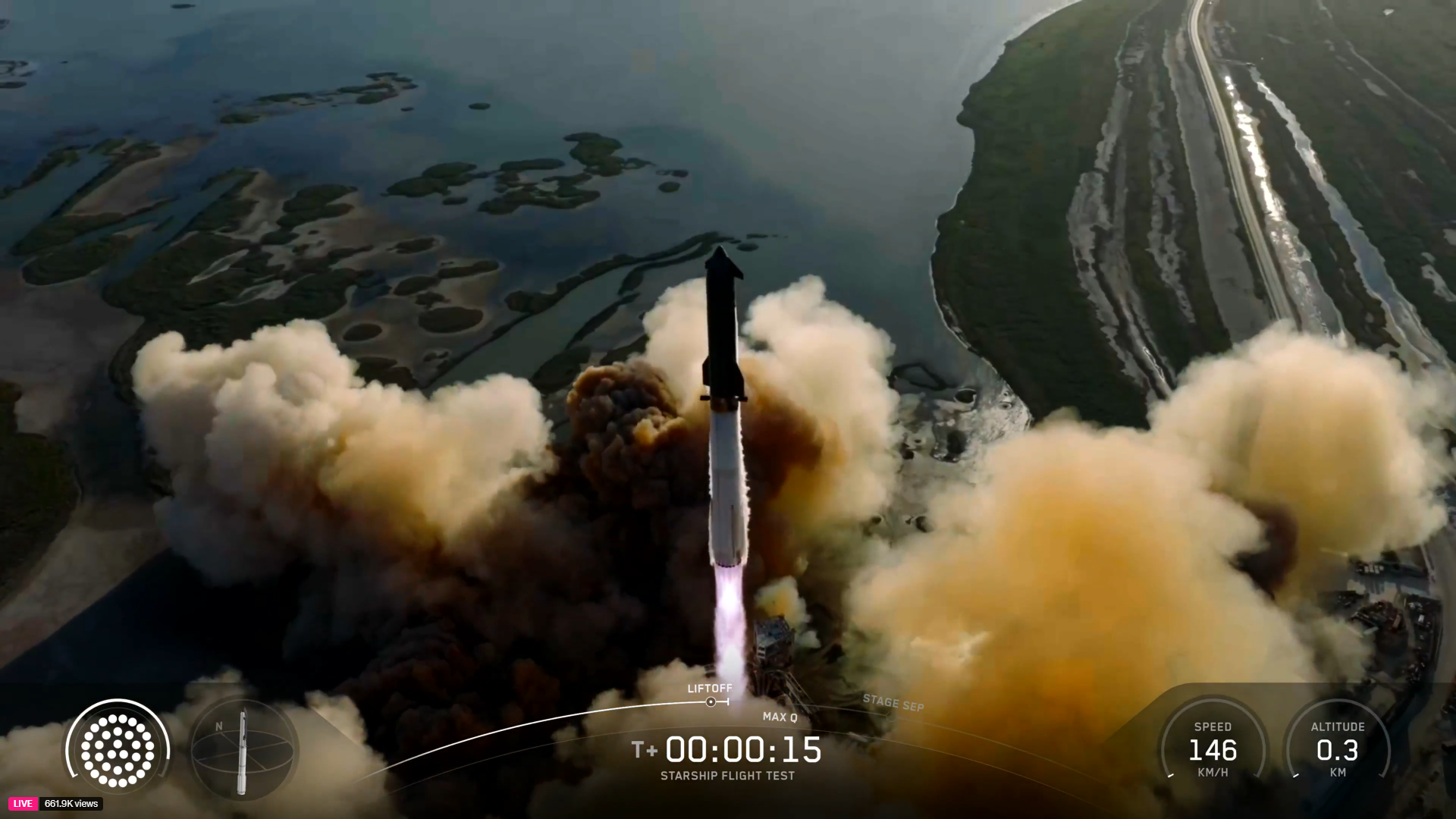Perseverance Mars rover team revives life-hunting instrument after 6 months of effort

A key Perseverance rover instrument has been revived to continue its search for evidence of microbial life on Mars.
The Scanning Habitable Environments with Raman & Luminescence for Organics and Chemicals (SHERLOC) instrument mounted on Perseverance’s robotic arm had been out of action for around six months, due to a moveable protective lens cover not working properly because of dust.
Engineers at NASA's Jet Propulsion Laboratory (JPL) employed various strategies, including heating the motor, reorienting the robotic arm and even using the rover's percussive drill in an attempt to free the cover.
By March, the team had managed to open the cover for SHERLOC's Autofocus and Context Imager (ACI) camera, clearing its field of view. From there, the team found a way to use Perseverance's robotic arm to achieve focus on targets. By June 17, they had confirmed SHERLOC's operational status.
"The rover’s robotic arm is amazing. It can be commanded in small, quarter-millimeter steps to help us evaluate SHERLOC’s new focus position, and it can place SHERLOC with high accuracy on a target," said Kyle Uckert, SHERLOC deputy principal investigator at JPL, in a statement.
"After testing first on Earth and then on Mars, we figured out the best distance for the robotic arm to place SHERLOC is about 40 millimeters," or 1.58 inches. "At that distance, the data we collect should be as good as ever."
Related: Perseverance rover's Mars rock sample may contain best evidence of possible ancient life
Breaking space news, the latest updates on rocket launches, skywatching events and more!
SHERLOC uses Raman spectroscopy, which involves shining an ultraviolet (UV) laser on a target and analyzing the scattered light to identify molecular vibrations, which are used to reveal chemical composition. It also employs fluorescence spectroscopy to detect organic compounds. When UV light shines on organics, it excites their molecules, which emit light at different wavelengths, which SHERLOC then collects.
The instrument has been used to find evidence that the building blocks of life could have been present for a long time on the surface of Mars.
Perseverance touched down on the floor of Jezero Crater in February 2021, a landing area assessed to be the site of an ancient lake basin that could have high potential for past habitability.
The rover is in the later stages of its fourth science campaign, according to JPL. It is currently looking for evidence of carbonate and olivine deposits in an area along Jezero's inside rim.
Join our Space Forums to keep talking space on the latest missions, night sky and more! And if you have a news tip, correction or comment, let us know at: community@space.com.

Andrew is a freelance space journalist with a focus on reporting on China's rapidly growing space sector. He began writing for Space.com in 2019 and writes for SpaceNews, IEEE Spectrum, National Geographic, Sky & Telescope, New Scientist and others. Andrew first caught the space bug when, as a youngster, he saw Voyager images of other worlds in our solar system for the first time. Away from space, Andrew enjoys trail running in the forests of Finland. You can follow him on Twitter @AJ_FI.


